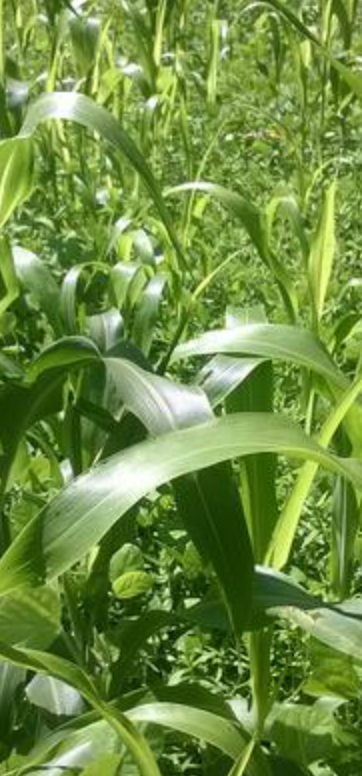Planting Wildlife Food Plots
There is a lot of confusion and bad information available concerning the planting of food plots. There are many ways to skin a cat. The following is suggested with appropriate equipment that we have found to work well from our experience planting many acres of food plots. This guide does not include drilling as most food plotters do not have a drill.
General Principles
- Small seeds like clovers, alfalfa, chicory, turnips and radishes should be planted approimately 1/8″ to 1/4″ in a firm seed bed
- Most larger seeds shoud be covered by 1/2″ to 3/4″ of soil
- Obviously you can not plant both at the same time and accomplish this purpose
- We have a “bag in a bag system” for mixes with different size seeds so that planting can be completed taking into account the seed size
Planting of seed mixes that are larger seeds needing 1/2″ to 3/4″ soil cover including:
- Forage Tech Burgundy Bean/WGF Grain Sorghum Mix
- Forage Tech Dove Mix
- Forage Tech Premium Spring/Summer Annual Mix
- Japanese Millet
- Corn
- Soybeans
Steps to Planting single size larger seeds as above
1. Measure fields accurately – This is critical!!! Seed and fertilizer calculations depend on accurate measurement of the food plots.
2. Soil test and understand the results. If you buy seed and fertilizer from us, we will interpret the soil tests (you pay for the testing) and prepare a professional plan for your food plots for free. If not buying from us, we charge $35 to interpret your soil tests. You can mail your soil test samples to us and we can have the testing done for $12 per sample. Instructions for taking soil samples are included in the Learning Center section on Soil Fertility and Plant Nutrition.
3. Mow existing vegetation as short as possible or even spray an all inclusive glyposate weed killer and then mow a few days later. GOAL: Start with the least amount of sod or plant growth as possible. Mow before liming with ground limestone.
4. Place lime and fertilizer per soil test.
5. Chisel plow often needing 2 passes especially if the area has not been plowed much.
6. Disc or rototill to prepare a seedbed. This step is optional but we do it for spring plantings. This prepares the seed bed for the larger seeds.
7. Broadcast seeds (Over the shoulder works great on plots up to a couple of acres)
8. Use a drag harrow (can be pulled by ATV), disc set shallow, or “do all” or smiliar equipment to bury seeds at approximately 1/2″ to 3/4″.
9. Run a cultipacker one pass. If using a cultipacker pulled by an ATV you won’t have to change the tractor implement as often.
Steps to Planting Seed Mixes or Individual Seeds Where Both Large and Small Seeds Will be Used. Examples are:
- Perennial seed mixes (small seeds) in mixes like Forage Tech Clover/Chicory or Forage Tech Alfalfa/Clover/Chicory Mix using a cover crop of oats or oats & wheat (larger seeds)
- Forage Tech Fall/Winter Seed Mix – the oats and peas are larger seeds and the turnips, radishes and winter annual clover are small seeds
Steps to Planting Seed Mixes Including Large and Small Seeds:
1-5 Steps same as above
6. Broadcast large seeds
7. Use a drag harrow, disc set shallow or “do all” to cover seeds with soil to a depth of 1/2″ to 3/4″
8. Broadcast small seeds
9. Run a cultipacker one pass
Note about picture to right:
This is a mid-summer 2014 picture of the burgundy bean/WGF grain sorghum mix planted on a cherty upland soil type in Middle Tennesee
